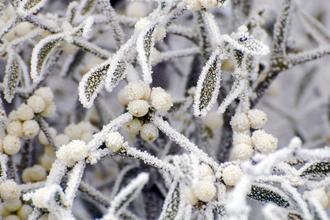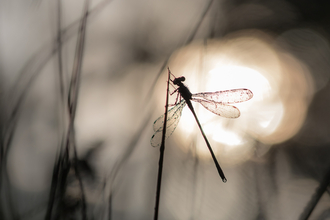We’ve all been there. You’re out on a walk and you see or hear something you can’t identify.
For many people today, the first reaction is to turn to their phone. Popular apps, such as Merlin, Obsidentify or Google Lens can be used to, hopefully, identify a mystery species of flora and fauna you’ve spotted. And there is absolutely nothing wrong with this; the more people that are out noticing wildlife, the better. We should just be aware that the technology has its pros and cons.
The natural world is extremely varied and many species look or sound so very similar that there is plenty of room for error, especially when using a single blurry photo or a sound recording that’s not backed up by visual confirmation. Merlin, for instance, is not usually wrong in early spring, when birds are in full song, but it can struggle with contact calls at other times of the year as many of these are so similar.
Another popular option is to post a photo onto a social media group where most group members are usually willing to offer up an identification.
I don’t mean to put anyone off using such resources, I use them myself and do find them useful. But allow me to offer a complementary, more traditional, way of learning that goes way beyond simply identifying the one thing that has caught your eye; one that will open a whole new world to you.





